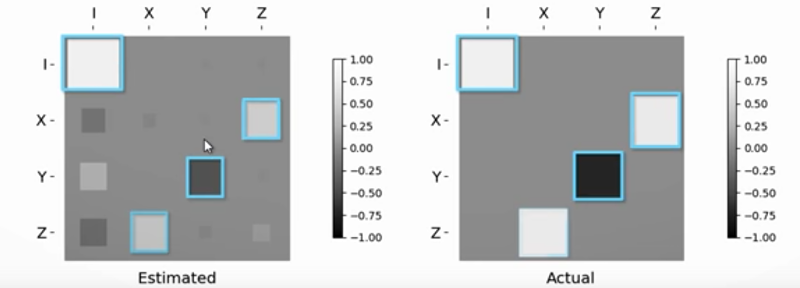Everyone seems to be gearing up for the race to be the king of quantum computers. The latest salvo is Microsoft’s, they have announced that their quantum simulator will now run on macOS and Linux, with associated libraries and examples that are now fully open source. They have produced a video about the new release, which you can see below.
Microsoft also claims that their simulator is much faster than before, especially on large simulations. Of course, really large simulations suffer from memory problems, not speed problems. You can run their simulator locally or on their Azure cloud.
Microsoft pushes its Q# language which blends ideas from traditional languages with the quantum environment. There’s also experimental support for Python. Of course, right now all of these simulators aren’t terribly useful except for learning about how these new computers will work once they are practical.
If you want an introduction to quantum you can check our tutorial that uses a browser-based simulator or you can try the IBM real hardware. Microsoft is working on some very different hardware implementations, but if you want to find out more about the real quantum hardware, we’ve covered that in the past.















2018 is quantum, Ai and deep learning.. Strong words to say nothing… Well, some undefined almost random quasi nothing
Now go ahead and eat me, one useless x86 coding language at a time
I’m sure we can use a Quantum computer to boost AI and deep learning to make a better use of blockchains…. /s
AI and deep learning are vastly improving and already proven very useful the last years. Quantum computing will not prove anywhere near useful for a looong time. Maybe even never.
anyone use this yet, I’d be eagerto see interesting applications using the simulator and the results. I assume it’s not going to be as accurate as the “real thing” right?
It’s probably more accurate than the ‘real thing’, at least in terms of existing, working quantum computers. There’s no noise to deal with here, unlike the real thing. The issue is that you can’t simulate more than 20 or 30 qbits on a desktop PC, and the limit is about 50 on existing supercomputers.
home made quantum chips are coming.just wait a little while
Has there ever been SDKs released for hardware that is still in such an early/impractical stage of development? To me, this sounds like an SDK for the Apollo Guidance Computer or something. Yeah it’s a cool academic experiment, but it’s unlikely you’ll ever see the real hardware in front of you, and even less likely you’ll have opportunity to run your own code on it.
Are quantum desktops really expected to become a thing? At least on any appreciable timeframe? Quantum always struck me as the kind of thing that is going to remain the exclusive domain of government and science for the foreseeable future.
P.S. Expected it to be under some wonky MS “open source” license, but turns out it’s MIT so good on them for that at least.
see: https://en.wikipedia.org/wiki/Timeline_of_computing_1950%E2%80%9379 and find that we are standing on the shoulders of giants. Development of new systems takes a lot of time, but once the concept is proven, it will become available to larger groups (already we can ‘use’ a real quantum system), until we can own it. Not only government or military, but inevitably in our own systems.
Foreseeable? Yes, I do think so! 1950 is ‘only’ some 68 years ago. When I left school (1984), homecomputers had just hit the market, we had to build our own computers from scratch. So, in 25 years or less, I believe it’s possible to have ‘ESQ32’ systems, the size of a quarter with 1000’s of qubits just for the fun of it.
We will need new materials that superconduct at room temperature and sensors that are extremely sensitive, but new materials are built and discovered on a daily basis.
In 1984 you absolutely did not need to build anything yourself, there were already a system designed for ease of use: the Macintosh. Skip a year forward and you also got the Atari ST and the Commodore Amiga. But the Commodore C64, Apple II, II+, IIe already existed as did many other personal computer systems usable without tinkering. The IBM PC was available too with the AT version released in 1984. In 1987 RISC workstations targeting home and power users were released (Acorn Archimedes).
Room temperature superconductors wouldn’t help in making the type of quantum computers existing today possible without heroic cooling BTW. The materials used starts superconducting at much higher temperatures than the mK levels in current quantum machines – the low temperature used is needed to suppress e.g thermal noise.
I understand what kadeautip is saying. You are correct that the ready made systems were there but the DIY PC was the typical methods as it was a lot cheaper. Most people went with the ‘standard’ PC and low cost with were the clones.
“If Microsoft ever does applications for Linux it means I’ve won.” ~Linus Torvalds
With everyone focusing on the “home quantum pc” potential, I think they’re missing the point (and the potential). Why would anyone want to buy a quantum pc for their home when they could access one to run their programs (“quantum cloud computing”)?
you can actually run code on real qubits here: http://ibm.biz/qx-introduction